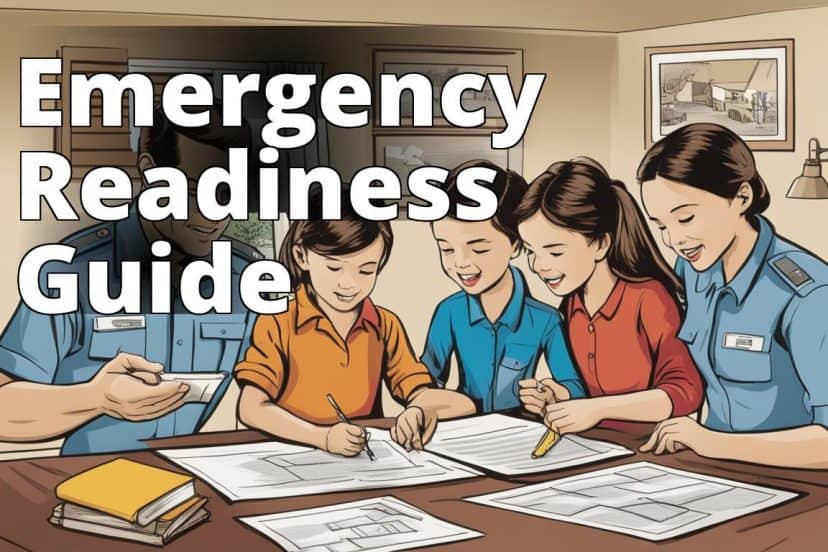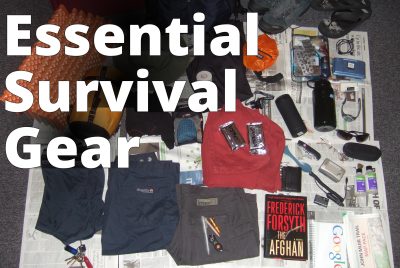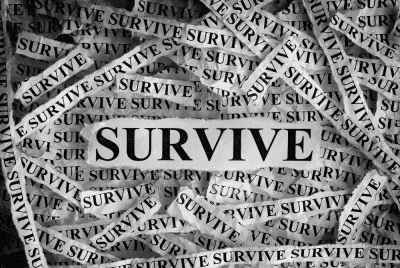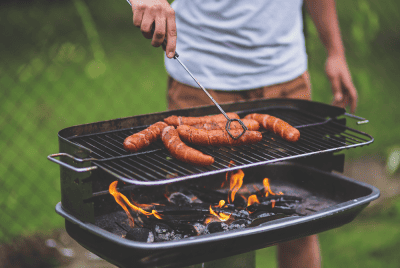How to Make Your Home Ready for an Emergency
Emergency Preparedness 101: How to Make Your Home Ready for Any Crisis
The idea of making your house emergency ready often conjures images of doomsday preppers in bunkers, but I’m here to strip away the hyperbole and get to the heart of practical, everyday readiness.
It’s about being equipped to handle a range of scenarios, from power outages and fires to natural disasters. This isn’t about fear-mongeringit’s about empowerment, ensuring that when the unexpected strikes, your home is a fortress of safety rather than a house of cards.
Learn How to Make Your Home Emergency Ready
- Create a family emergency plan to ensure safety and coordination during a crisis.
- Build an emergency kit with essential supplies for survival.
- Prepare your home for an emergency by securing both the interior and exterior, and stay informed about potential risks and updates.
This article will help you understand the steps to make your house ready for an emergency, including creating a family plan, building an emergency kit, preparing the home, and staying informed.
Emergency Preparedness
In the realm of emergency preparedness, I’ve seen it allthe good, the bad, and the woefully unprepared. Let’s cut through the noise and focus on the essentials that can make a real difference in a crisis.
1. Create a Family Emergency Plan
The foundation of any sound emergency strategy is a comprehensive family emergency plan.
I remember sitting down with my family, maps spread across the table, plotting escape routes as if we were planning a heist.
It felt a bit over the top, but when wildfires encroached upon our neighborhood, that “over the top” plan was our lifeline.
Insider Tip: Don’t just make a planpractice it. Run through your escape routes and meeting points regularly, so if an emergency hits, everyone knows the drill instinctively.
2. Build an Emergency Kit
The emergency kit is your survival toolbox, and building it should be approached with the meticulousness of a craftsman. I recall a time when a blackout hit, and thanks to our well-stocked emergency kit, we had light, communication, and provisions while others were left in the dark.
Your kit should include:
- Water: A gallon per person per day, for at least three days.
- Food: A three-day supply of non-perishable items.
- Battery-powered or hand crank radio: Essential for staying informed.
- Flashlight and extra batteries: Because stumbling in the dark is a metaphor no one wants to live out.
- First aid kit: Accidents dont wait for the power to come back on.
- Whistle: To signal for help, because sometimes yelling just doesnt cut it.
For a comprehensive list, Ready.gov has an extensive checklist that should be the cornerstone of your kit assembly process.
3. Prepare Your Home for an Emergency
Inside the House
Ensuring the safety of your home’s interior is a multi-layered process. It’s not just about having tools and supplies; it’s about creating an environment that can withstand crises.
For instance, securing heavy furniture and appliances can prevent injuries during earthquakes, something I learned after a tremor sent a bookshelf crashing down mere feet from where my family was gathered.
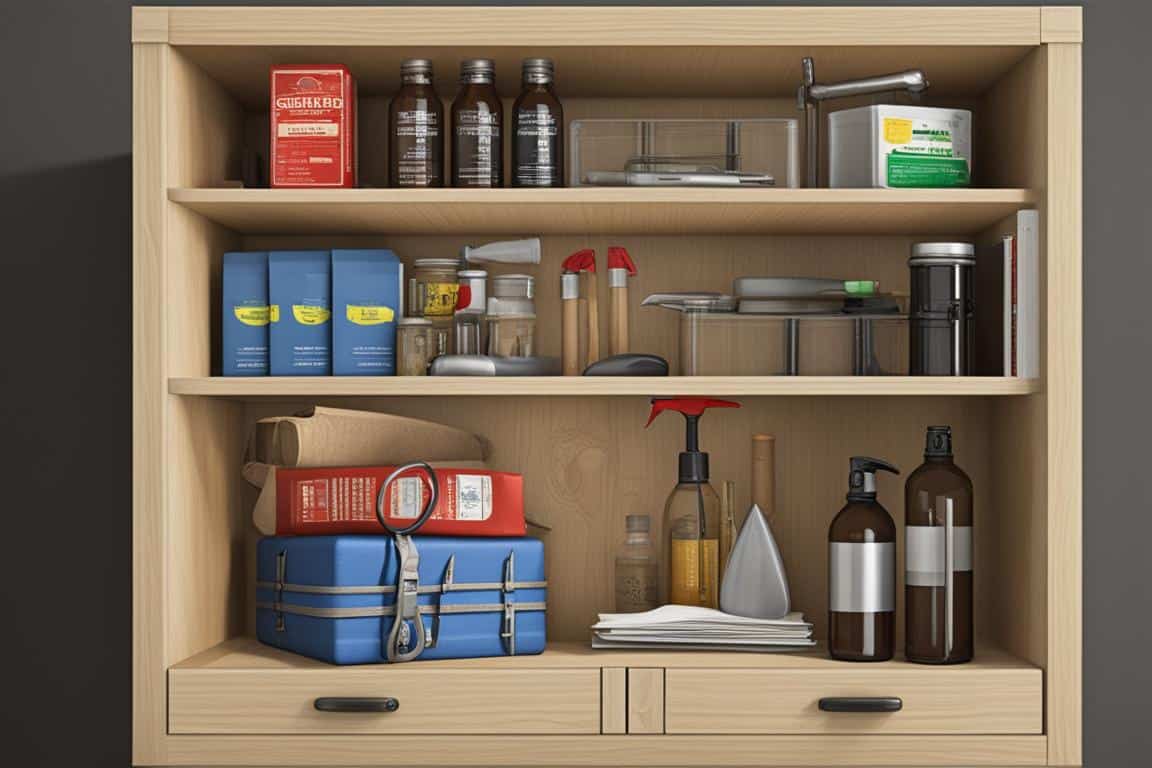
Outside the House
The exterior often gets overlooked, but it’s your home’s first line of defense. Clearing gutters, trimming trees, and securing loose items can drastically reduce the damage from storms.
When a hurricane threatened, it was the sandbags and storm shutters we’d installed that spared our home from flooding and debris.
Insider Tip: Always check your insurance coverage before disaster strikes. Understanding what’s covered can influence how you prepare and protect your home’s exterior.
Real-Life Emergency Preparedness
I learned the importance of emergency preparedness the hard way when our area was hit by a severe storm last year. The power was out for several days, and we were left scrambling to find essential supplies.
Dealing with a Power Outage
During the storm, our neighborhood lost power, and we were left without electricity for almost a week.
It was during this time that I realized the importance of having a well-stocked emergency kit. We relied on flashlights, candles, and a battery-powered radio to stay updated on the situation.
The Importance of Communication
One of the most crucial aspects of emergency preparedness is having a family emergency plan. We had discussed what to do in case of an emergency, and having a plan in place made a world of difference. It ensured that everyone knew what to do and where to go if we were separated during the chaos.
Lessons Learned
After going through this experience, I realized the significance of preparing your home for an emergency. Simple measures like securing outdoor furniture and trimming trees can make a big difference in minimizing potential damage.
Experiencing a real emergency made me realize the importance of being informed and prepared. It’s not a matter of if an emergency will occur, but when.
4. Stay Informed
Staying informed isn’t just about watching the news; it’s about understanding local risks and the warning systems in place.
For me, it was about familiarizing myself with the flood zones in our area and installing apps that alerted us to severe weather and other emergencies.
An informed household is a prepared household. Sign up for alerts from services like NOAA Weather Radio and ensure every family member knows how to interpret and act upon them.
More Emergency Preparedness Tips
Venturing beyond the basics, let’s delve into the nitty-grittythe strategies that elevate your preparedness from adequate to exceptional.
- Learn basic home maintenance: Knowing how to shut off your home’s utilities, like gas and water, can prevent further disaster post-emergency.
- Invest in alternative power sources: Solar chargers and backup generators can keep critical devices running when the grid fails.
- Conduct regular inspections: Check smoke alarms, fire extinguishers, and emergency supplies to ensure everything is in working order.
In conclusion, making your house emergency ready isn’t about paranoia; it’s about prudence. It’s a continuous process that evolves with your understanding of the risks and your ability to respond. Let this article be your guide, but let experience be your teacher.
Stay safe, stay prepared, and remember that the best time to ready your home for an emergency was yesterdaythe second-best time is now.
Answers To Common Questions
Who should make their house emergency ready?
Anyone concerned about preparing for unexpected disasters.
What steps are essential for making your house emergency ready?
Stocking up on supplies, creating an emergency plan, and securing your home.
How can I make my house emergency ready on a budget?
You can start by gradually purchasing emergency supplies and focusing on DIY home security.
Isn’t it expensive to make your house emergency ready?
It can be done on a budget by prioritizing essential supplies and gradually investing in security measures.
What are the most important items to have for emergency readiness?
Essential items include water, non-perishable food, first aid kit, flashlights, and batteries.
How can I involve my family in making our house emergency ready?
Hold family meetings to discuss emergency plans, assign tasks, and involve everyone in practicing drills.

